How to Stop Your Cat from Knocking Things Off Tables
A cat eyeing an object on the edge of a table is usually following a familiar pattern, and the moment it hits the floor can feel almost predictable. The behavior is rooted in instincts shaped by curiosity, prey testing, and bids for interaction. Once you understand why it happens, you can encourage your cat to adopt better habits. The most effective approaches work with their natural tendencies and give them more satisfying ways to explore, play, and communicate.
More Playtime
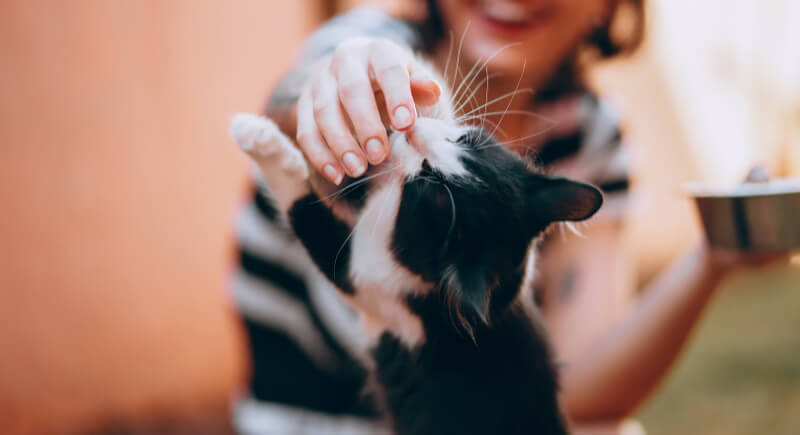
Credit: pexels
Cats often push objects because boredom builds up when they don’t get enough stimulation during the day. Regular play burns energy and satisfies the urge to stalk and pounce. Wand toys are helpful because they activate hunting behavior in a safe way. Even ten minutes at a few points in the day can drop the urge to fling pens or topple cups.
Redirecting the Hunter Inside

Credit: pexels
A cat tapping a pen isn’t trying to cause trouble. The tiny movement mimics prey, and instinct takes over. They study it, give it a quick test swipe, and follow the motion the same way they would track something outdoors. Offering toys that spin, wobble, or dart around gives them that same rush in a controlled way. When those instincts have a better outlet, your shelves and desk stay safe.
Managing the Environment
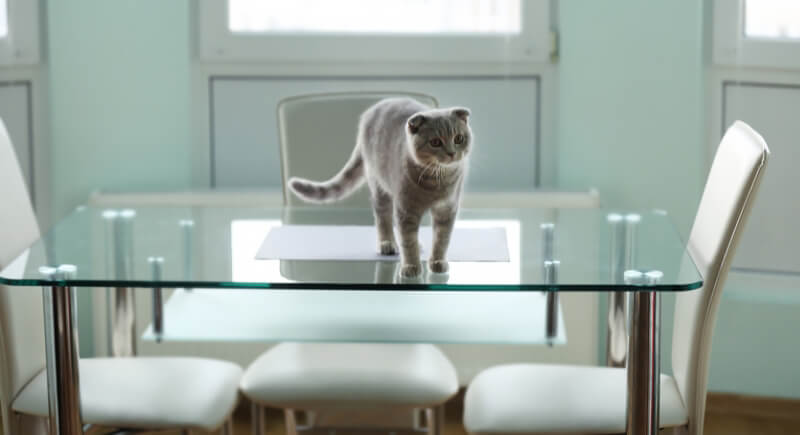
Credit: Canva
A home filled with tempting objects on open surfaces creates opportunities for trouble. Moving fragile items to cabinets or higher shelves that are out of reach reduces breakage. Removing hazards like glass and sharp metal helps keep the cat safe, as a falling object can cause injuries. A little rearranging goes a long way.
Creating Vertical Territory
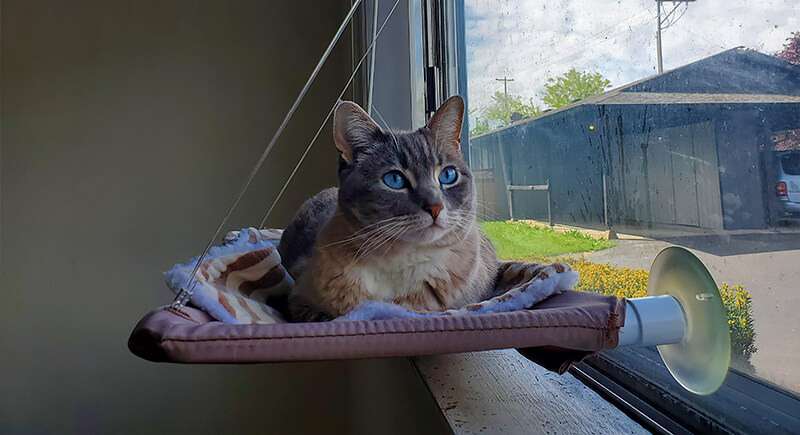
Credit: Reddit
Some cats knock things over as they climb toward higher ground. Limited vertical space encourages them to hop onto shelves that aren’t meant for exploring. Cat trees, window perches, or wall-mounted platforms give them real places to climb. When your pet has a proper route upward, the urge to scale furniture decreases.
Puzzle Feeders For Mental Work
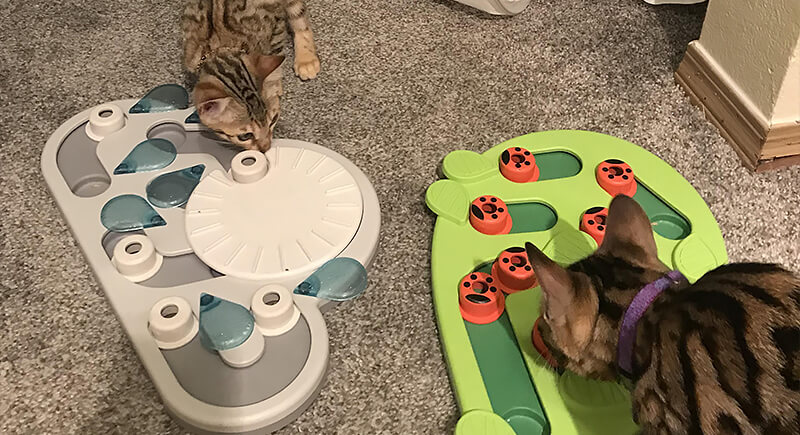
Credit: Reddit
Some cats start pushing things around when they’re bored or waiting for food. A puzzle feeder gives them something more satisfying to focus on. Working for each piece mimics natural foraging and adds structure to mealtimes. For most cats, a puzzle filled with kibble is far more interesting than anything sitting on your table.
Ignoring the Behavior
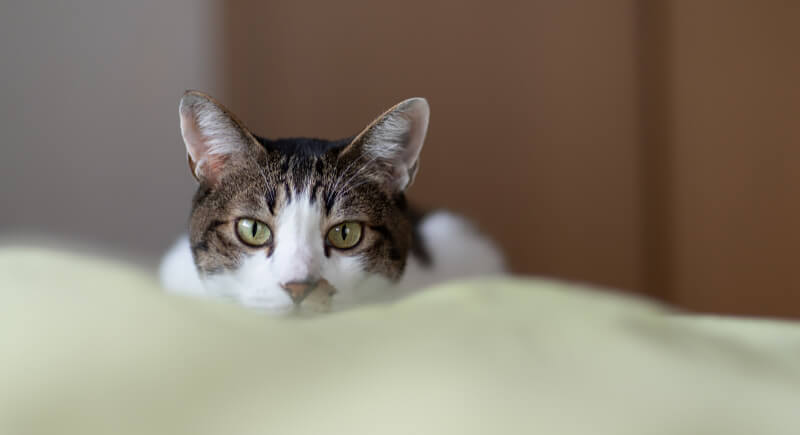
Credit: Getty Images
Attention reinforces habits. Even a glance in the kitty’s direction tells them the trick worked. Many of them push things because they know it gets a reaction. When the behavior is ignored, the reward disappears. Picking up fallen objects should be done when the cat is elsewhere to avoid reinforcing the pattern.
Checking For Patterns
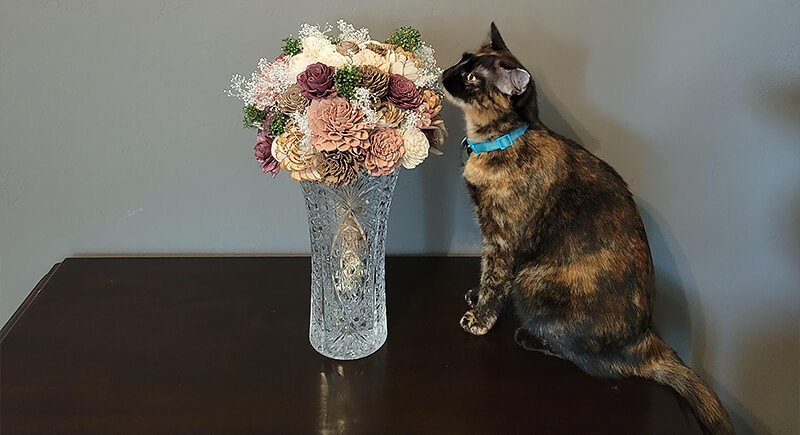
Credit: Reddit
Observing when and where the knocking happens helps determine the cause. Some cats do it only when a human is home, which suggests attention-seeking behavior. Others do it for long stretches alone, which suggests boredom. Timing matters because it reveals what the cat is trying to communicate.
Rotating Toys
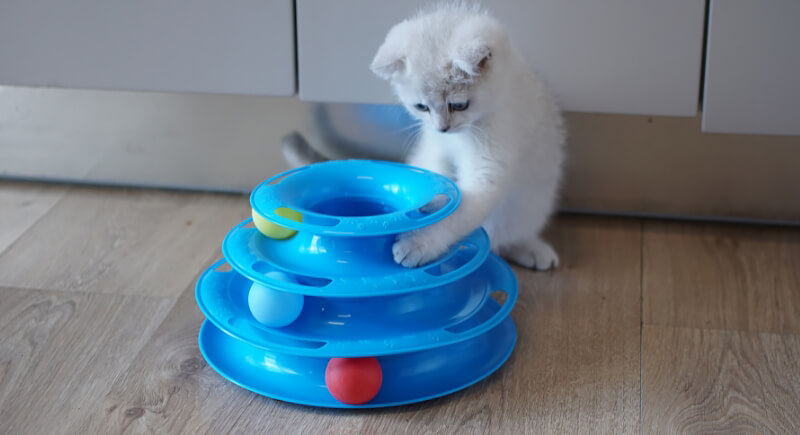
Credit: pixabay
A pile of toys that never changes can get boring fast, so rotating them every few days keeps them interesting. Cats interact more with objects that feel new. A refreshed selection of balls and chase toys supports healthy behavior while reducing destructive habits.
Offering Quick Redirection
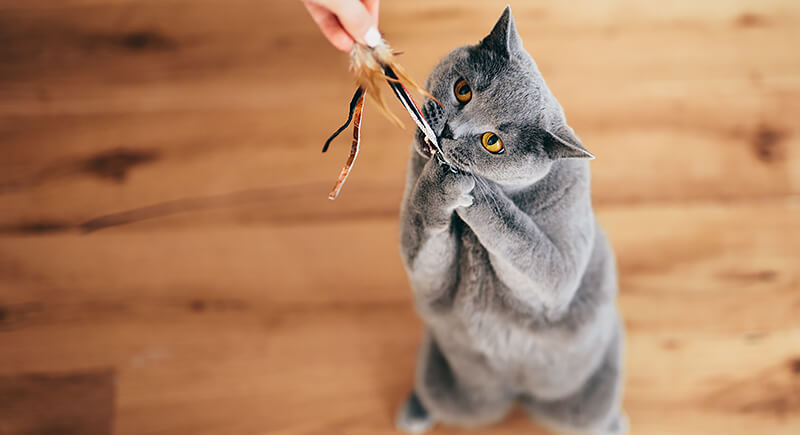
Credit: iStockphoto
If your pet starts creeping toward a knick-knack, offering a toy at that moment can shift their focus. A short play session keeps the cat engaged and prevents the object from becoming the next target. This approach replaces the behavior rather than punishing it.
Keeping Play Interactive

Credit: pixabay
Cats that receive predictable interactive play tend to rest longer and cause fewer messes. Sessions that match natural active times, like early morning and dusk, help release energy that would otherwise get channeled into shoving household items to the floor. This aligns their natural rhythm with the home’s routine.